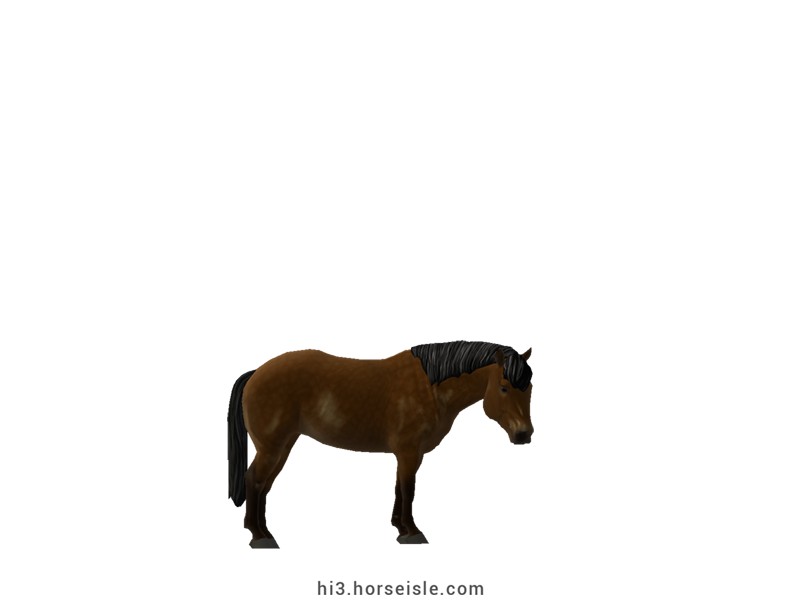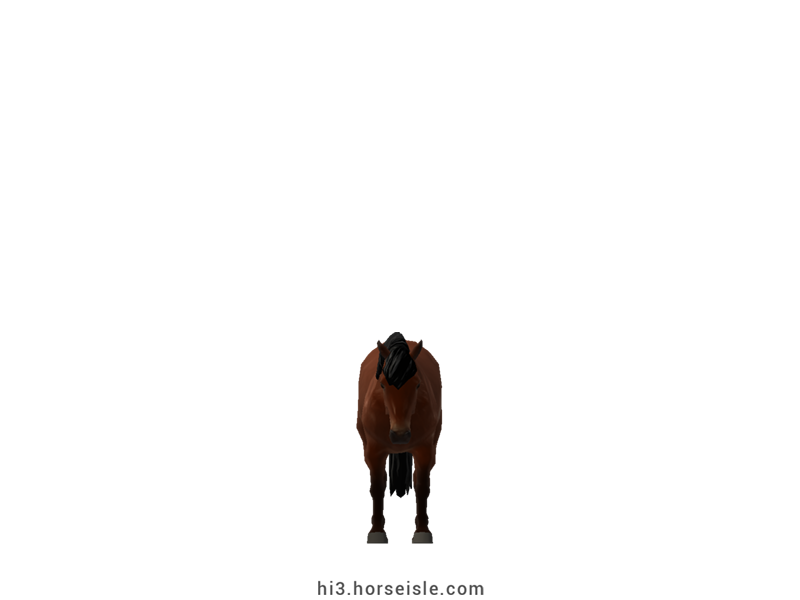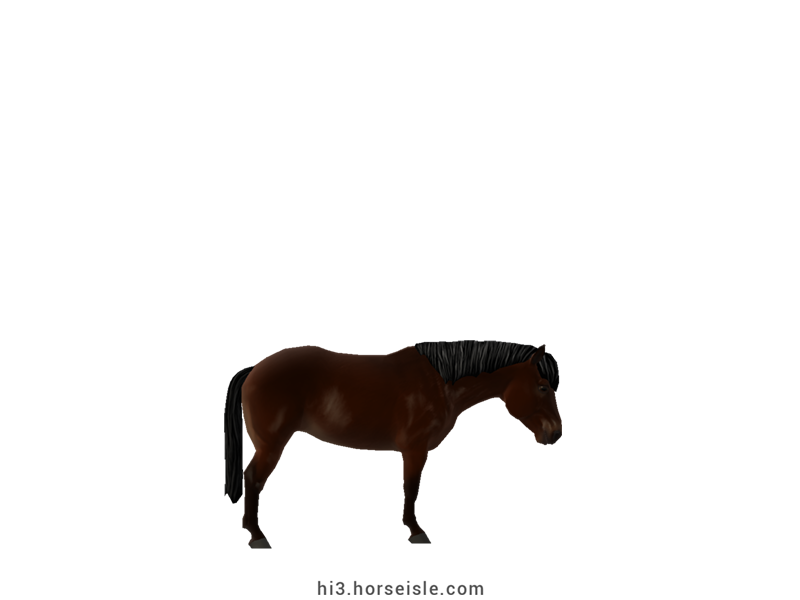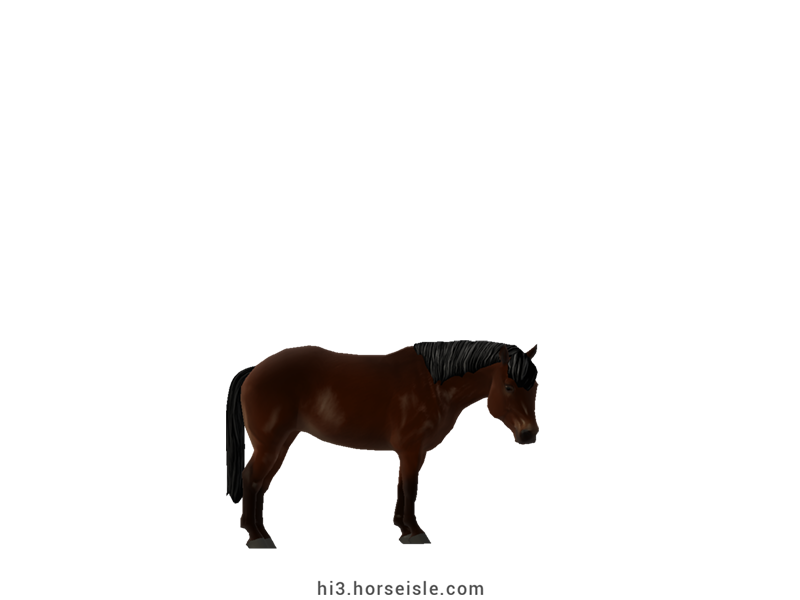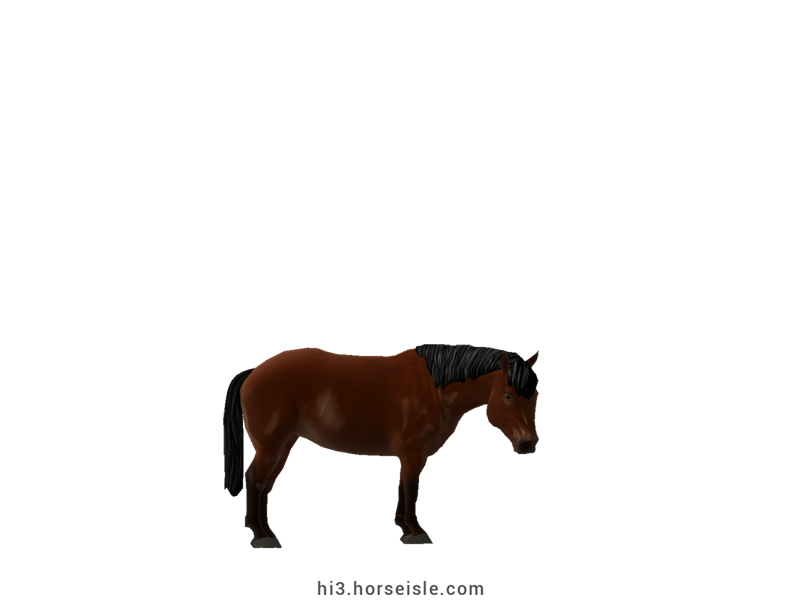Our Massive Real World Equine Reference!
[ INDEX ] Equine Type: Horse Breed: Tokara [ PREV ] [ NEXT ]
The horse from Treasure Island:
The name Takarajima means "Treasure Island". Although legends tell that Captain Kidd buried a treasure on this island, in reality he probably never reached Takarajima. While there's no pirate treasure hidden on that island, there's still a treasure there. Kagoshima Prefecture's natural treasure. The Tokara horse.
Origins and discovery of the Tokara horse:
Unlike other islands in Japan, the Tokara Islands of the Tokara archipelago remained empty of horses throughout most of history. It was only in 1897 when horses were brought to one of those islands -- Takarajima (Island of Takara) -- from the nearby Kikaijima.
The Tokara became prominent in the daily life on Takarajima, serving as both pack animal and farm horse. It was even harnessed in the process of producing sugar from sugarcane, thus powering one of the main industries on the little island. Yet, the Tokara remained unknown outside of Takarajima.
It was only in 1952 that a professor of agriculture from Kagoshima University discovered the Tokara and identified it as a unique, separate breed from the other native Japanese breeds.
Kagoshima Prefecture's natural treasure:
On an island as tiny as Takara there was never a need for thoughsands of horses. A 100 to 200 Toakra horses was always the norm ever since the Tokara was introduced to the island. The Tokara was never at risk of extinction, though, because the horses played vital roles on Takarajima, and additional horses were always bred when needed.
The mechanization of agriculture in the second half of the 20th century made the Tokara obsolete, and its breeding met a standstill. In an attempt to save it, the Tokara was declared a natural treasure of Kagoshima Prefecture -- that is the Japanese prefecture in which the Tokara archipelago is situated.
Conservation:
Despite the efforts, the numbers of Tokara horses decreased steadily. Eventually, all the Tokara horses save for one were transferred from Takaraijma to two national parks, one near Mount Kaimon, the other in Kagoshima. There, the horses were bred for conservation purposes.
In 1973, the Tokara Horse Preservation Society was established, and starting from 1975, Tokara horses were gradually brought back to Takarajima. Over the 1990s and 2000s their numbers flactuated, but closer to 2010 their numbers stabilized at a bit over 100.
The Tokara today:
Today, the Tokara is no longer the obscure breed it used to be, but is a famous breed in Kagoshima Prefecture. A herd Tokara horses roams all-year-round in semi-wild conditions on Takarajima, and tourists are welcome to watch it.
In addition, Tokara horses are also bred in other parts of Kagoshima Prefecture, and efforts are being made to train and promote them as horses for recreational riding.
Conformation:
The Tokara is a small horse whose conformation is characterized by a slightly dished profile, large eyes, small ears, a sloping croup, and thin and short legs.
The mane is of medium length, coarse, and the forelock is full. The tail, however, is slightly on the shorter and thinner side compared to other Japanese horse breeds.
Performance metrics:
The following are the: range, average, (SD), and MOE of performance metrics of ordered Tokaras in Horse Isle (not bred ones). In rare cases,
Speed: 12.0-13.4, 12.7 (0.2), 0.05.
Sprint: 26-39, 31 (3), 0.57.
Accel: 0.80-1.01, 0.90 (0.04), 0.01.
Decel: 0.76-0.90, 0.83 (0.03), 0.01.
Jump: 4.50-4.80, 4.64 (0.05), 0.01.
Pull: 1.04-1.76, 1.43 (0.17), 0.03.
Turning: 37.73-51.86, 46.56 (2.89), 0.57.
Reverse: 2.1-2.7, 2.4 (0.1), 0.03.
Stamina: 47.04-53.63, 50.47 (1.18), 0.23.
Reaction: 0.68-0.80, 0.75 (0.02), 0.00.
NOT seal brown:
Many sources describe the Tokara's coat as 'seal brown', even though it's false. The Tokara has a dark brown (not black) body with dark legs and no tan spots, meaning that it is dark bay, commonly known as 'brown', a completely different color from seal brown.
The only part of the Tokara's body that looks black is their head which is darker than the body and could be the result of the sooty gene. More importantly, the head lacks the tan spots that are one of the hallmarks of seal brown, further proving that Tokara horses are simply dark bay in color.
Coats & Height:
Colors: dark bay (termed 'brown' in Horse Isle). Horses with too light of a coat will be penalized.
Additionals: Sooty. No markings at all. The coat is always solid.
Height: 9.3hh* to 12hh.
* note that only horses who are 12hh or higher are rideable in Horse Isle.
[ INDEX ] [ PREV ] [ NEXT ]


